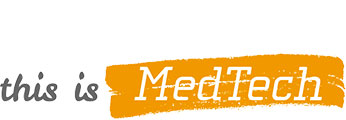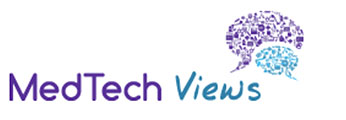Improving methods of evaluation of IVDs based on the ‘value of diagnostic information’ (VODI) concept
Posted on 03.04.2018
Health systems around the world seek to address patients’ unmet needs for a range of acute and chronic diseases. Simultaneously, governments strive to keep healthcare spending sustainable, while providing equal access to high-quality care. On average in Europe 7% of healthcare budgets are spent on medical technologies (1% on in vitro diagnostics). However smart investments in innovative technologies like novel in vitro diagnostics can reduce waste and unlock greater efficiencies to deliver better value for the remaining 93%. Unlike therapeutics whose direct clinical effect can often be straightforwardly demonstrated, diagnostics provide information that indirectly influences patient management as well as the economic efficiency of healthcare systems. It is often more difficult to generate evidence to demonstrate the full potential of diagnostic information, as compared to generating such evidence for therapeutics, and may require a different approach such as the VODI (Value of Diagnostic Information).
In light of the VODI concept, MedTech Europe’s project proposal wants to address the following high-level research questions and aspirational output:
How does the current landscape does look like when it comes to HTA of IVDs?
- identify current practices and decision makers
- list current working groups and their work
- define the limitations of current frameworks and methods
What are the needs, value drivers and preferences of multiple stakeholders, including payers?
- assess awareness, preferences of different methods
- define value drivers for taking decisions
- validate acceptance of the VODI framework vs. others existing, including WTP
Bases on the input collected above, how does an ideal value demonstration framework looks like?
- outline what the framework evaluates / compares (solutions, technologies)
- define the method used to capture and measure multiple criteria of evaluation
- describe for what type of IVD it is most appropriate
How can the framework work best in real life?
- run pilot(s) in specific area(s) of need involving multiple stakeholders
- develop tools to measure the value of different types of IVD
- define the evidence necessary to apply the framework
How to use and disseminate the results and build consensus among the HTA community?
- Involve HTA stakeholders on the identified framework
- Define a roadmap for payers
- Build an execute a communication plan
We expect with this project to bring following benefits:
- Provide a new perspective and solutions on the methodological approaches and frameworks for the evaluation of IVDs
- Strengthen the current methodological quality of HTA by input of specialist from the broader scientific, clinical research and evidence-based healthcare community
- Create consensus by aligning the perspective of different stakeholders that use, assess and fund an IVD solutions
- Increase the impact of HTA on evidence generation, clinical guideline development and evidence-based healthcare
Should you find this to be of interest and would like to be involved, please contact Zuzana Pisano.


